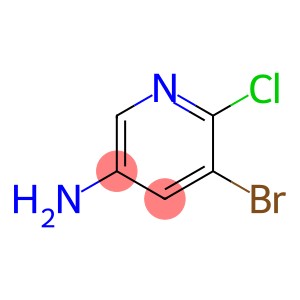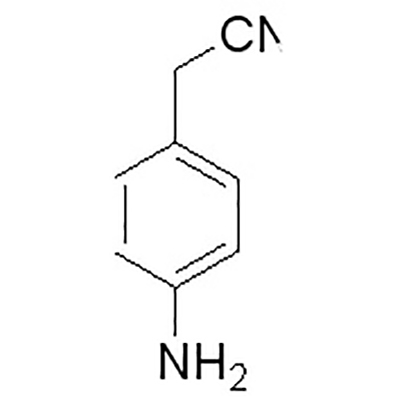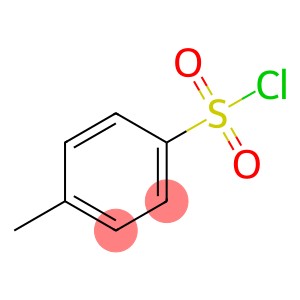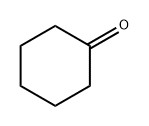2-Chloro-3-bromo-5-aminopyridine(CAS#130284-53-6)
Risk and Safety
| Risk Codes | R25 – Toxic if swallowed R41 – Risk of serious damage to eyes |
| Safety Description | S26 – In case of contact with eyes, rinse immediately with plenty of water and seek medical advice. S45 – In case of accident or if you feel unwell, seek medical advice immediately (show the label whenever possible.) |
| UN IDs | UN 2811 6.1 / PGIII |
| WGK Germany | 3 |
| Hazard Class | IRRITANT |
2-Chloro-3-bromo-5-aminopyridine(CAS#130284-53-6) Introduction
Nature:
-Appearance: 2-chloro-3-bromo-5-aminopyridine is a white to light yellow crystalline powder.
-Solubility: It is soluble in polar organic solvents such as ethanol, acetone and dimethyl ketone, but insoluble in non-polar organic solvents such as n-heptane and benzene.
-Melting point: Its melting point is about 165-168 degrees Celsius.
-Stability: It is relatively stable at room temperature, but it is easy to decompose under high temperature, fire source and light.
Use:
-2-Chloro-3-bromo-5-aminopyridine can be used as an intermediate in organic synthesis and pharmaceutical research.
-It is widely used in the field of pesticides and pharmaceuticals for the synthesis of pesticides, antibiotics, plant growth regulators and anti-tumor drugs.
Preparation Method:
2-Chloro-3-bromo-5-aminopyridine can be prepared by the following steps:
1. in the presence of ferrous chloride (FeCl₂) and heptyl acetate (n-octyl acetate), ammonium chloride (NH4Cl) and ammonium bromide (NH4Br) are reacted in a high temperature environment to generate N-chlorobromo byproduct.
2. The N-chlorobromo by-product reacts with 2-acetylaminopyridine under alkaline conditions to generate 2-chloro -3-bromo -5-aminopyridine.
3. The product was crystallized, filtered, washed and dried to obtain the pure product.
Safety Information:
-2-Chloro-3-bromo-5-aminopyridine is a toxic compound that is harmful to the human body. Exposure to it may cause eye, skin and respiratory irritation, while prolonged or heavy exposure may result in an allergic skin reaction.
-During handling and storage, appropriate personal protective equipment, such as gloves, goggles and protective masks, should be worn to ensure good indoor ventilation.
-When handling 2-chloro-3-bromo-5-aminopyridine, follow correct laboratory procedures and follow local safety guidelines and regulations.








